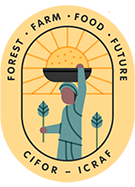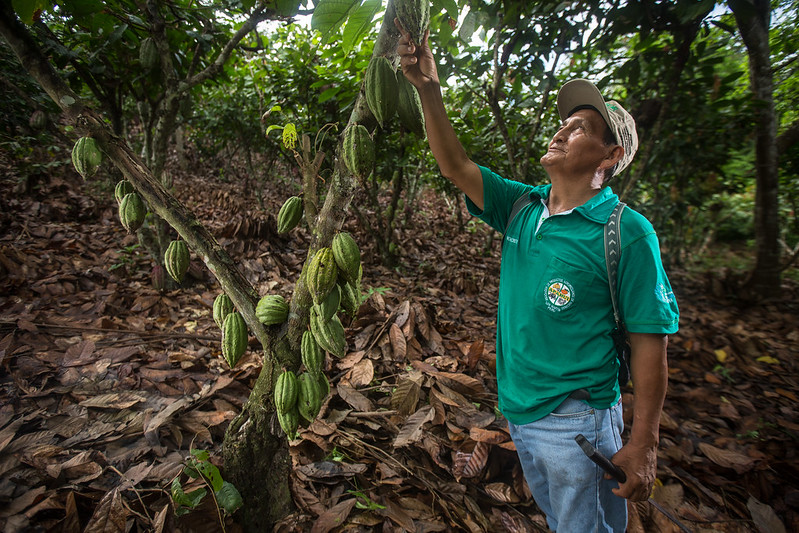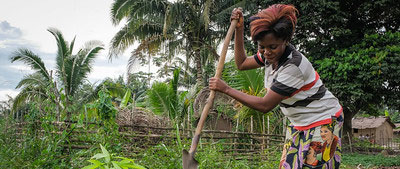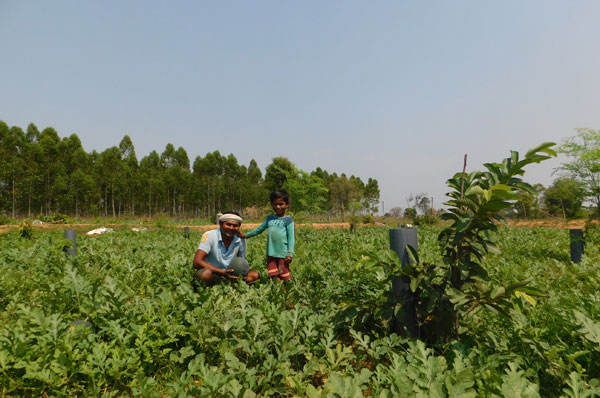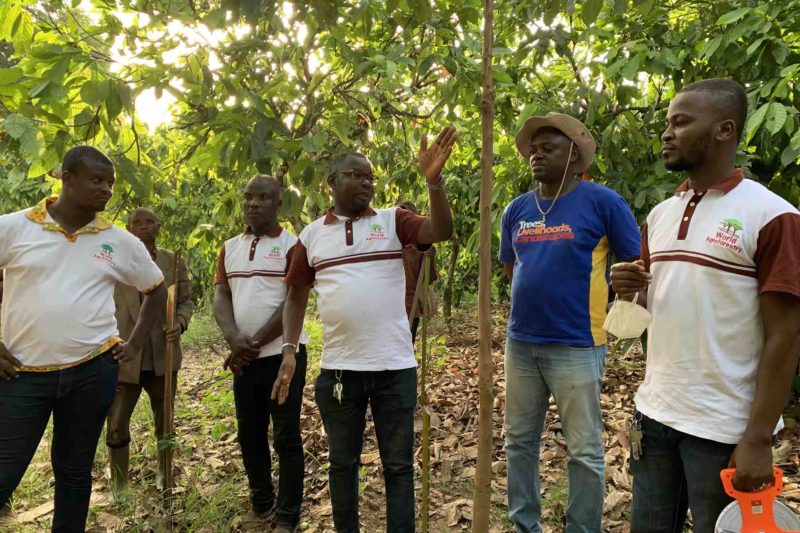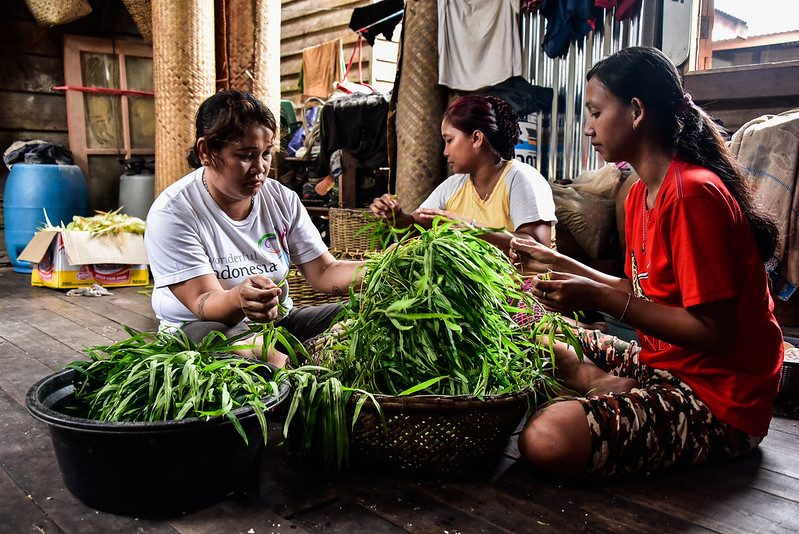Highlights
Research & knowledge
Videos
What can you cook from parkia seeds and baobab leaves? Scientists from the Center for International Forestry Research (CIFOR) are looking into how people use forest foods in five sites in Africa — in Burkina Faso, Zambia, Uganda, Ethiopia and Cameroon. Their findings are not only uncovering some delicious recipes, but deepening our understanding of the connections between landscapes, food security and nutrition
Bushmeat is the meat of wild animals used by humans for food. This video tackles the concept of bushmeat and the challenges it poses for sustainability of wildlife and sustainability of livelihoods


